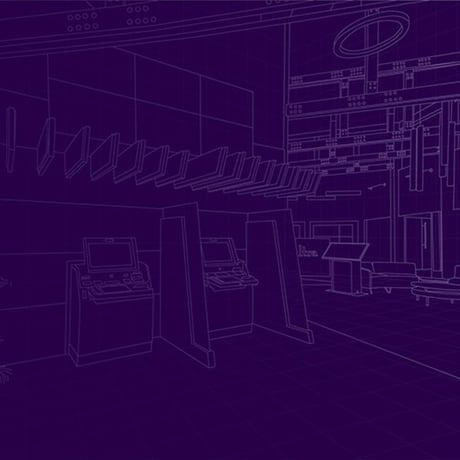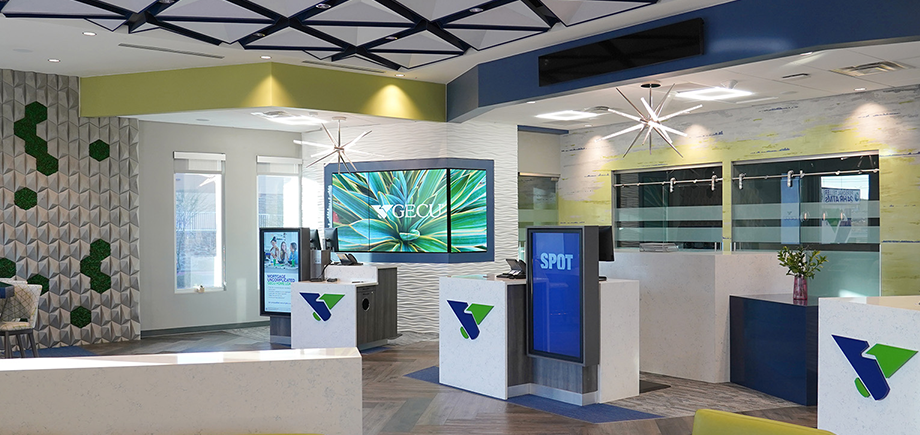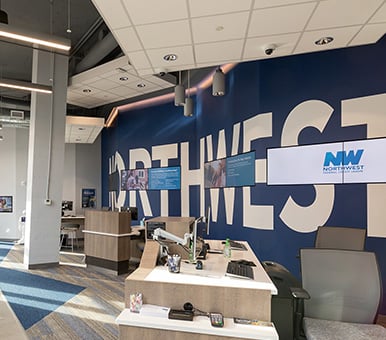3 min read
4 Reasons Banks and Credit Unions Are Adopting Self-Service Solutions
Elise Roling : Apr 4, 2019

The retail banking industry is a whole different game than it used to be: deposits are on the decline, transaction costs are increasing, and client expectations are becoming more complex. Financial institutions are in need of a solution that provides customers with the personal touches they require for a positive experience without requiring a costly 1:1 interaction with a teller or associate just to complete a simple transaction.
That solution is self-service and assisted-service solutions. Here’s why:
1. To Decrease High-Cost, Low-Value Transactions
Let’s face it, it is more expensive than ever before to hire a full time employee (FTE). To put a number to it, the average FTE salary has risen 20% since 2000. And to add salt to the wound, in-branch transactions have decreased. This means you’re paying more for your associates to do less, making transaction costs sky-rocket.
Self-service solutions are an effective way to combat this negative trend, as they take low-value, high-cost transactions off the teller’s plates and empowers clients to complete these simple transactions on their own. In fact, a study by Accenture showed that it’s 95% cheaper to process deposits digitally than through a teller.
2. To Satisfy The Modern Client’s Needs
Over the past decade, changes to customer service in the retail world have resulted in greater consumer expectations. Grocery stores, gas stations, movie theaters, and other retail industries have already adopted self-service solutions, which means your clients have already been enjoying this advanced level of service while going about their daily business and they expect the same in their bank or credit union branch. If your branch doesn’t stay updated, they will choose to go to one that does—especially a modern client.
3. To Support The Universal Associate Shift
While universal associates (UAs) have been an up-and-coming trend the past few years, 2019 is shaping up to be the year that it shifts to a mandatory addition to any branch design project. Self-service solutions are helping financial institutions make that switch by breaking transactions away from the teller line and giving associates the ability to use their new universal skills when providing assisted-service.
4. To Shrink The Branch Footprint
Big branches are out-of-style. Not only are they regularly empty due to an excess in size and decrease in branch traffic, but they cost a lot to keep staffed, serviced, maintained, updated, etc. That’s why financial institutions are on a mission to decrease their branch footprint, and that includes eliminating unnecessary technology, employees, and even square footage
Not sure if your branch is in need of self-service solutions? Ask yourself the following 4 questions:
- Do you currently have plans to modernize your in-branch experience?
- Does your vision of self-service go beyond the ATM channel and transaction set?
- Would you like to have full choice of the multiple hardware solutions in the market and those coming in the future?
- Do you currently have or have plans to add cash recyclers? Would you like the ability to repurpose this recycler hardware in the future to achieve a self-service model?
If you answered ‘yes’ to any of the following questions, your branch is in need of self-service solutions. Your next step is to bring on an expert to make it happen.
When it comes to properly adopting self-service solutions, there are a lot of moving parts that need to be managed: from design and build, to tech, to digital signage, to training, and beyond. You could attempt to balance all these factors on your own, or even worse: you could hire multiple vendors to handle the multiple pieces of the project and cross your fingers they communicate well enough to independently put all the pieces of the puzzle together. Or you can instead hire a full-service branch transformation firm, like DBSI and CFM, for peace-of-mind that your shift to self-service will be a successful one. Capabale of not only balancing every moving part of the pivot, the turn-key approach to our solutions makes putting together the puzzle easier (and faster) than ever.
CFM and DBSI have seen it all and guided several financial institutions on in-branch self-service strategies with:
- A process for understanding and answering key questions
- A comparison of the pros and cons of self-service solutions available
- How to decide which solution best aligns to strategy
- Designs that complement this new service model



































-1.png)
-4.png)
